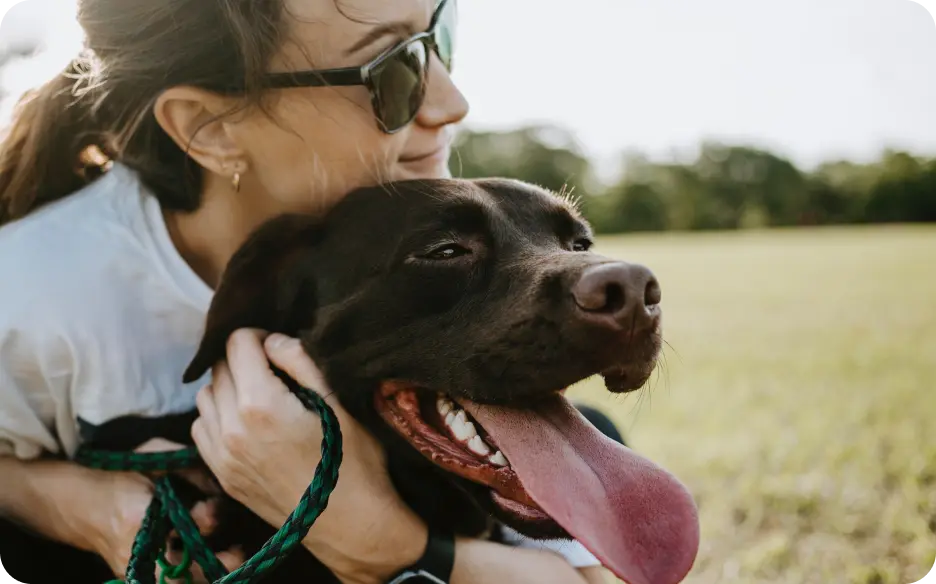How Long Can You Leave A 8 Week Old Puppy In A Crate?
Post Date:
December 10, 2024
(Date Last Modified: December 10, 2024)
Bringing home an 8 week old puppy is a thrilling experience, filled with playful barks and adorable antics. However, it often comes with a whirlwind of questions, particularly regarding crate training. How long can you safely leave a young puppy in a crate? This is a vital consideration since proper crate training can benefit both you and your puppy when approached with care.
The Importance of Crate Training
Crate training offers a secure environment for your puppy when you’re unable to supervise directly. Puppies instinctively seek den-like spaces, so a crate can provide comfort and safety. However, remember that an 8 week old puppy has limited bladder control and a fleeting attention span. Extended periods in a crate can lead to unease, anxiety, and potential behavioral problems later on.
At this age, a puppy can typically hold its bladder for about one hour for every month of age. Consequently, an 8 week old puppy can usually stay in a crate for about two hours. It’s essential to create a clean and safe environment within the crate to ensure your puppy feels at ease. Too much time confined can lead to accidents, which may discourage future crate use. Gradually increasing crate time as your puppy matures and gains more control is essential for successful crate training.
Balancing Crate Time with Other Needs
Puppies require more than just potty breaks; they also need social interaction, exercise, and mental stimulation. Being left alone for extended stretches can evoke feelings of loneliness and anxiety, leading to behaviors like barking, whining, or destructive actions. Striking a balance between crate time and playtime, socialization, and training is vital for your puppy’s emotional well-being.
To help your puppy adjust to the crate, start with short durations and gradually increase the time spent inside. Begin with a few minutes, extending the duration as your puppy becomes more comfortable. Utilize positive reinforcement, such as treats and praise, to foster a positive connection with the crate. When placing your puppy inside, remain calm and reassuring, ensuring they feel secure. Never use the crate as punishment, as this can create negative associations.
Creating a Comfortable Environment
Pay attention to the area surrounding the crate. Ensure your puppy has access to water and is in a comfortable temperature. If you plan to be away for longer than two hours, consider arranging for a friend or family member to check in on your puppy or hiring a dog walker. This allows your puppy to stretch, relieve themselves, and enjoy some company.
Establishing a routine is beneficial, as puppies thrive on consistency. Set specific times for feeding, potty breaks, playtime, and crate time. Over time, your puppy will begin to anticipate these activities, which can help reduce anxiety related to being crated.
Monitoring Behavior and Adjusting Accordingly
While considering crate time, it’s crucial to monitor your puppy’s behavior. Signs of distress, such as excessive barking, whining, or attempts to escape, may indicate that your puppy needs more time outside of the crate. Be observant and adjust crate durations based on your puppy’s individual needs, as every puppy is unique.
Socialization during these formative weeks is vital. Expose your puppy to various experiences, people, and other dogs to foster their development into a well-adjusted adult dog. Enrolling in a puppy class can provide mental stimulation and teach your puppy how to interact positively with the world around them.
Gradual Increase in Crate Time
As your puppy grows, the time they can spend in a crate can gradually increase. By 12 to 16 weeks, many puppies can handle being crated for up to four hours, depending on their individual needs. Even as they mature, continue to provide ample exercise and interaction. Regular playtime helps burn off excess energy, resulting in a more relaxed puppy when it’s time to rest.
If you ever find yourself needing to leave your puppy in a crate for extended periods, consider alternative options. Creating a puppy-proofed area in your home allows for safe exploration while giving them more freedom. Using baby gates can help section off parts of your home, enabling your puppy to roam while preventing mischief.
Building a Positive Relationship with the Crate
Crate training is a valuable skill that benefits both you and your puppy, offering a safe space while assisting with house training. Achieving this requires patience, consistency, and attentiveness to your puppy’s needs. Over time, as your puppy learns and grows, the crate can become a place they seek out for comfort and relaxation.
Understanding the appropriate duration for crating an 8 week old puppy is essential for their well-being. Their needs extend beyond avoiding accidents; they also crave love, interaction, and proper socialization. Thoughtfully addressing these needs paves the way for a happy and healthy transition as you embark on this rewarding journey together.






